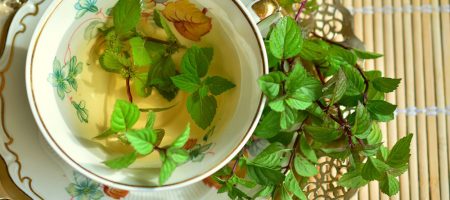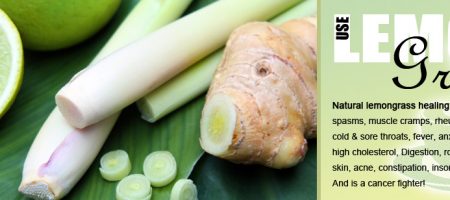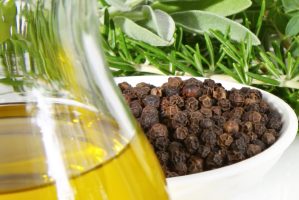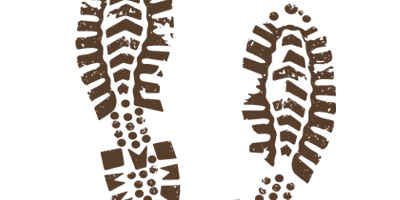Wild Peach/ Prunus Persica
What is it? Almost everybody knows what a peach is, whether they like the fruit or not. The peach is an American favorite, and has earned a place in most American homes. But what many folks, both city and country bound, don’t know is that the delicious peach will also grow wild if given the chance. In fact, many have escaped the orchards and traveled cross-country to the land of the free (Oklahoma, Texas, Florida, and your backyard too) to settle down.
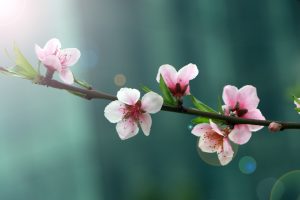 Where to find it? The wild peach tree grows well in clay soil; it just needs a lot of water. Another place to look is nearby an orchard or a park as people probably ate some peaches and threw the seeds to the side. The peach not only grows throughout America, but also Asia and China. The peach is a very hardy tree, and can adapt to many different kinds of environments.
Where to find it? The wild peach tree grows well in clay soil; it just needs a lot of water. Another place to look is nearby an orchard or a park as people probably ate some peaches and threw the seeds to the side. The peach not only grows throughout America, but also Asia and China. The peach is a very hardy tree, and can adapt to many different kinds of environments.
What to eat? Amazingly, the fruit is not the only edible part of the tree! But we’ll start with the fruit first then go from there. The wild fruit is actually much healthier than the domestic cultivated fruit. It might not be as sweet, but the flavor is bigger, and the nutrients are richer. The flowers can be eaten raw or cooked; added to salads or added to teas. The seed is also edible, but if it is bitter, stop eating it. The seeds contain hydrogen cyanide, the poison which gives almonds their unique flavor. You can also obtain a gummy substance from the stem, which can be chewed like chewing gum!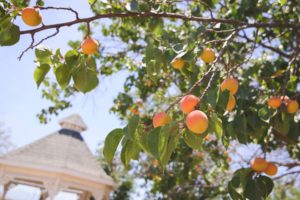
When to find it? The best time to find the flowers depends on your location; it basically begins flowering during the late winter, just as it starts turning into spring. The flowers come out for about a week or two which then begins the long process of forming the fruit. The fruit can come out during the early or late summer into fall. The best time for pruning is during the winter or fall months.
What does it look like? The fruit of the peach looks much like the fruit you buy at the market except for one small detail – they are much smaller. And most of the time, if you find the wild fruit, you are also going to find the wild bugs growing inside of them. Keep in mind though; if the bugs don’t like the fruit, there is probably something wrong with it. That doesn’t mean we should trust everything the bugs eat though! The tree itself is small, with crazy sprawling branches growing wherever they can. The leaves are green, smooth, narrow and long, with a nice curve and teeth. The flowers are small, adorable, and about ½“across. The fruit can vary in color.
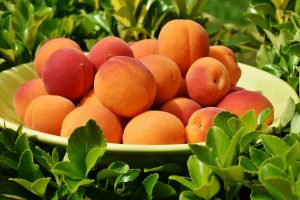 Dangerous Look-alike? None.
Dangerous Look-alike? None.
How to enjoy it? There are many delectable ways to enjoy the fruit, flowers, and seeds of the Wild Peach Tree. The fruit can be jammed, jellied, juiced, and dried for future uses. It is worthy to note that Nectarines are just Peaches without fuzz. In fact, the Peach tree is just a simple mutation of the Nectarine; which means they can be both found growing on the same tree! How cool is that!? Flowers can be added to salads, used for garnish, eaten raw, or cooked. Another way to enjoy their flavor is to add them to tea. The flowers are known to be a sedative, so don’t use too much. The leaves are also medicinal, but please do your own research before trying to take it internally. The leaves are diuretic, expectorant, febrifuge, laxative, sedative, astringent, and helpful to relieve vomiting and morning sickness. The seed is also extremely healthy, but exercise caution on account of its poisonous attributes. The seed contains the vitamin B17. This has been claimed to have a positive effect in cancer treatment. It is also known to stimulate respiration, digestion, and it also gives a sense of well being.



